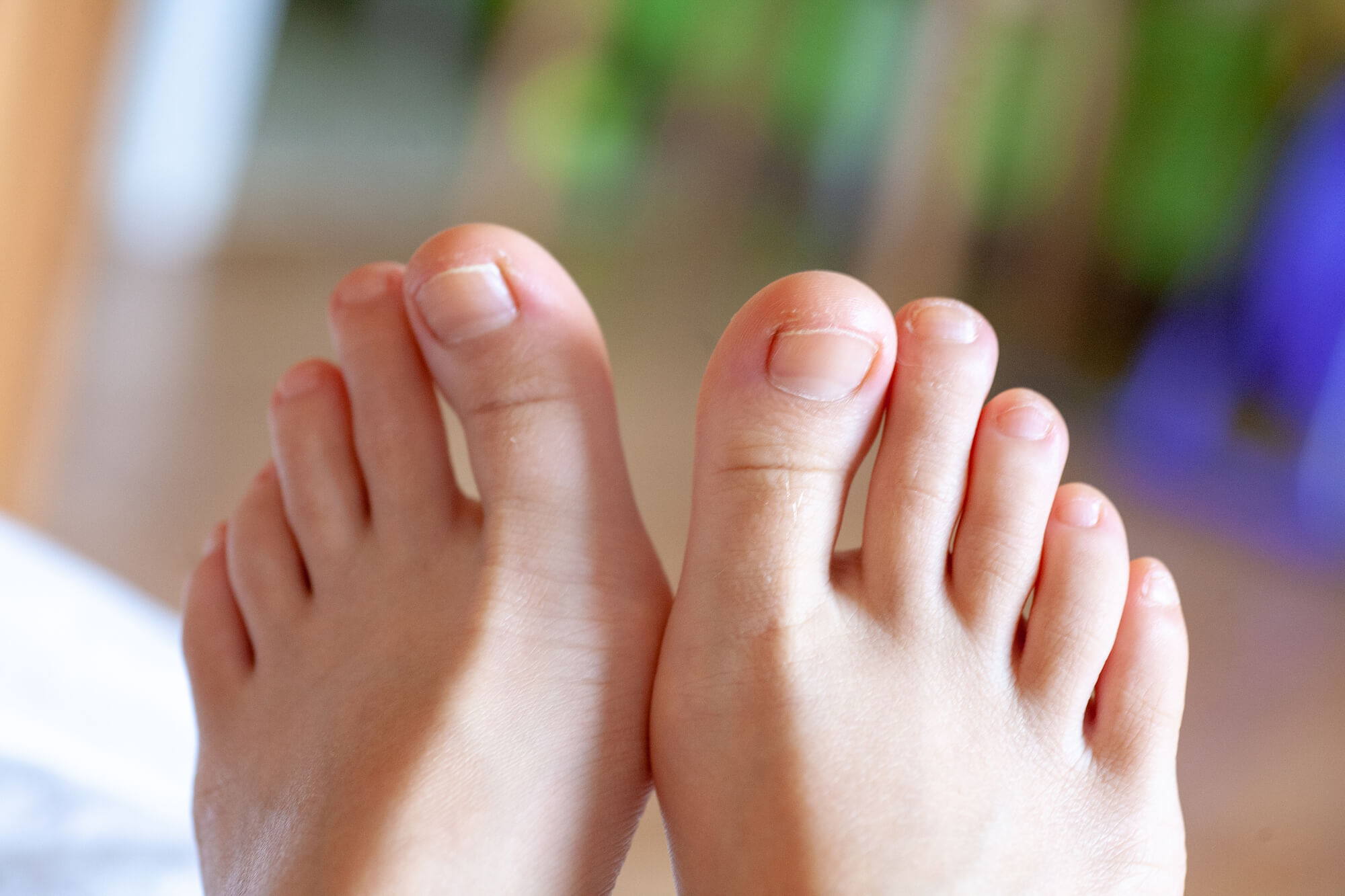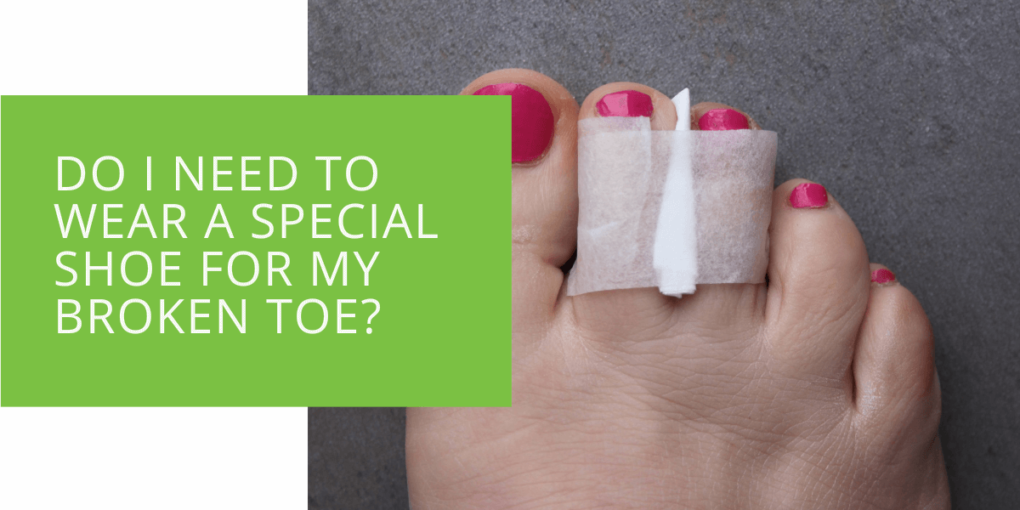Do I Need to Wear a Special Shoe for My Broken Toe?
A broken toe, while often considered a minor injury, can significantly impact mobility and comfort. When dealing with a broken toe, one common question is whether wearing a special shoe is necessary for proper healing. In this guide, we'll explore the ins and outs of broken toe treatment, including the role of specialized footwear in the recovery process.
Key Takeaways
- Proper treatment and care for a broken toe are essential for optimal healing and preventing complications.
- Specialized footwear, such as orthopaedic shoes, can provide added support and comfort during recovery.
- Consulting with a podiatrist is crucial for personalized evaluation, treatment recommendations, and guidance on footwear choices.
Understanding Broken Toe Treatment
Importance of Proper Care for Healing
While a broken toe may seem inconsequential compared to more severe fractures, such as those involving the leg or hip, treating it with care is essential to ensure optimal healing. Ignoring a broken toe or failing to provide adequate support can lead to complications and prolong the recovery process.
Overview of Broken Toe Symptoms
Symptoms of a broken toe can vary depending on the severity of the fracture and the individual's pain tolerance. Common signs include pain, swelling, bruising, and difficulty bearing weight on the affected toe. Sometimes, the toe may appear deformed or discolored, indicating a more severe injury.
Treatment Options for Toe Fractures
Treating a broken toe typically relieves pain, reduces swelling, and stabilizes the injured toe to promote proper healing. Depending on the severity of the fracture, treatment options may include:
- Rest and Immobilization: Resting the injured toe and avoiding activities that exacerbate pain or discomfort is crucial for healing the bone. Immobilizing the toe with a splint or brace can provide additional support and prevent further injury.
- Buddy Taping: Buddy taping involves tapping the injured toe to an adjacent, uninjured toe for support and stability. This technique helps prevent unnecessary movement of the broken toe while allowing for some degree of mobility.
- Orthopedic Shoes: In some cases, wearing a special shoe designed to accommodate a broken toe can provide added protection and support during healing. These shoes typically feature a wider toe box and softer materials to minimize pressure on the injured toe.
Self-Care at Home for Broken Toes
Rest, Ice, Compression, Elevation (RICE)
Following the RICE protocol can help alleviate pain and reduce swelling associated with a broken toe. Resting the injured foot, applying ice packs, compressing the toe with a bandage, and elevating the foot above heart level can promote faster healing and improve comfort.
Pain Management Techniques
Over-the-counter pain relievers such as ibuprofen or acetaminophen can help manage pain and discomfort associated with a broken toe. Applying topical pain-relieving creams or gels directly to the affected area can provide temporary relief.
Protecting the Injured Toe
To prevent further injury and facilitate healing, protecting the injured toe from additional trauma is essential. This may involve wearing supportive footwear, avoiding activities that involve repetitive movements or impact on the feet, and using assistive devices such as crutches or a cane if necessary.
Exploring Special Shoes for Toe Fractures
- Benefits of Specialized Footwear: Special shoes designed for toe fractures offer several benefits, including enhanced protection, improved comfort, and better support for the injured toe. These shoes are specifically designed to accommodate individuals recovering from toe injuries' unique needs.
- Types of Shoes for Broken Toes: Various types of specialized footwear are available for individuals with broken toes, ranging from post-operative shoes to orthopedic sandals. These shoes are typically lightweight, breathable, and adjustable to ensure a comfortable fit while promoting proper healing.
- When to Consider Using Special Shoes: While not everyone with a broken toe will require special footwear, certain factors may indicate the need for additional support. Individuals with severe fractures, ongoing pain or swelling, or difficulty walking may benefit from wearing a special shoe to facilitate recovery and prevent complications.

Consulting with a Podiatrist
Importance of Professional Evaluation
If you suspect you have a broken toe or are experiencing persistent pain and swelling despite home remedies, it's essential to seek medical attention from a podiatrist or orthopedic specialist. A thorough evaluation, including a physical examination and possibly X-rays, can help determine the extent of the injury and guide appropriate treatment.
Role of X-rays in Diagnosis
X-rays are often used to confirm a broken toe diagnosis and assess the fracture's severity. By visualizing the bones in the foot, X-rays can help identify displaced or misaligned fractures that may require more aggressive treatment, such as splinting or surgery.
Guidance on Footwear Choices from a Podiatrist
A podiatrist can provide personalized recommendations on footwear choices based on your specific needs and the nature of your injury. Whether you require a specialized shoe, orthotic inserts, or custom-made orthopedic devices, a podiatrist can help you receive the appropriate support and guidance for optimal healing.
Ensuring Proper Healing for Toe Injuries
Timeline for Healing Toe Fractures
While the exact timeline for healing a broken toe can vary depending on the severity of the injury and individual factors, most toe fractures take about six weeks to heal fully. However, following your healthcare provider's recommendations and avoiding rushing the healing process to prevent complications is essential.
Factors Affecting Healing Time
Several factors can influence the rate of healing for a broken toe, including age, overall health, the severity of the fracture, and adherence to treatment recommendations. By addressing any underlying health issues, maintaining a healthy lifestyle, and following your healthcare provider's advice, you can optimize healing and reduce the risk of complications.
Tips for Optimizing Healing
In addition to wearing appropriate footwear and following your treatment plan, there are several steps you can take to promote faster healing and reduce discomfort:
- Elevate the Injured Foot: Keeping the injured foot above heart level can help reduce swelling and improve circulation to the affected area.
- Practice Gentle Exercises: Once your healthcare provider gives you the green light, performing gentle range-of-motion exercises and stretching can help improve flexibility and strength in the toes and surrounding muscles.
- Avoid High-Impact Activities: While your toe is healing, it's essential to avoid activities that involve jumping, running, or sudden changes in direction, as these can exacerbate pain and delay recovery.
Conclusion
When managing a broken toe and selecting appropriate footwear, seeking guidance from a qualified healthcare professional is crucial. At ePodiatrists, our team of experienced podiatrists specializes in treating many foot injuries, including toe fractures. We understand the unique challenges of recovering from a broken toe and are here to provide expert care and support every step of the way.

